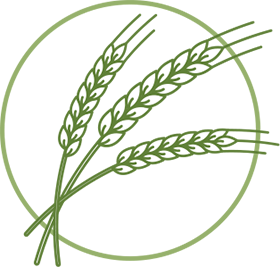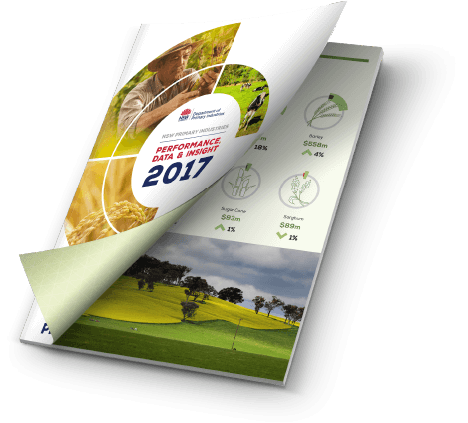Cropping Overview
The estimated combined GVP of NSW broadacre cropping industries was $6,846 million, up 28% year-on-year and 37% over 3 years. Wheat was the main contributor to year-on-year growth, with record yields generating the largest crop on record, whilst a massive increase in chickpea planted area and price resulted in an increase of 624% in pulse GVP over 3 years.
The winter months resulted in the majority of NSW receiving anywhere from 150 to 300% of the median rainfall for this period. This exceptional rainfall contributed to high winter cereal, oilseed and pulse production.
Whilst the rainfall over winter hindered the efforts of some farmers to prepare paddocks prior to spring sowing, particularly in the southern region, it helped fill storages for irrigators and boosted water allocations. Periods of extreme heat over the summer months had an impact on sorghum and cotton yield and quality, in particular those cotton crops that were non-irrigated or speculative crops that did not have a full season’s irrigation allowance.


 Cropping
Cropping Livestock
Livestock Horticulture
Horticulture Wine Grapes
Wine Grapes Forestry
Forestry Fisheries
Fisheries

